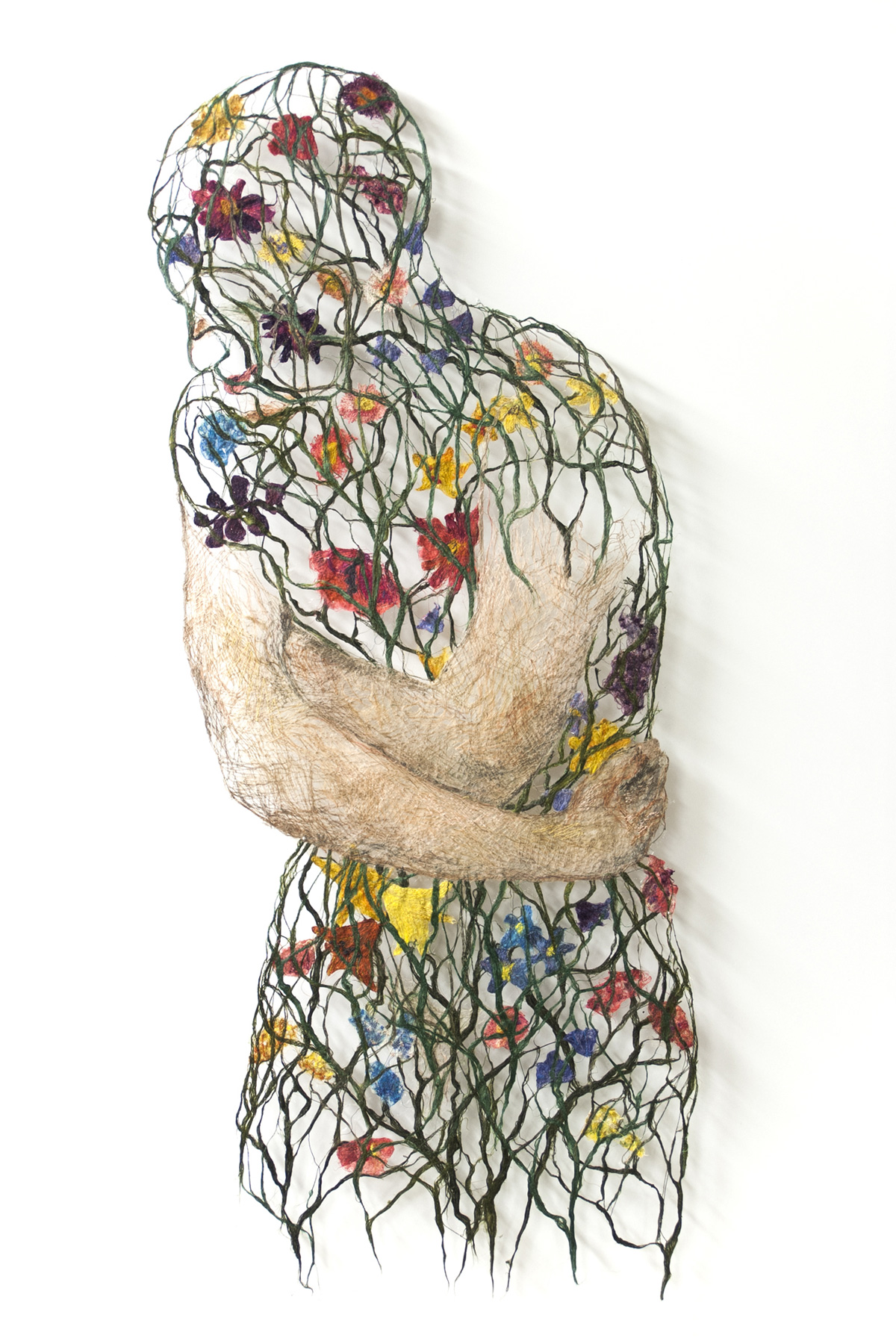
In Buddhism, the concept of Samsara is the repeating cycle of birth, life and death or reincarnation as well as one’s actions and consequences in the past, present, and future. Japanese artist Isana Yamada chose to embody this idea in his surreal series of translucent whale sculptures for his post-graduation project at the Tokyo University of the Arts. It is a project that ties into Yamada’s overall concept of Tsukumogami in his artwork, referring to the traditional belief that long-lived animals possess spirits and gods by the transience of time. At his website for the project, he shares, “The title of the piece is “Samsara”, which is a Buddhist term for “cycle of existence”. In this work, six whales are swimming in a circle; these represent the six stages of Samsara. Inside each whale encapsulates various objects, such as submarine volcano, sailboat, and a sea of clouds.” For instance, one whale appears to have boiling “lava” inside of of it, representing “hell” (“It is also a harsh environment, even in the origin of life”), while another is empty except for the remnants of a fish skeleton, representing “starvation” (“It was starvation due to global warming”). Take a look at more photos from Isana Yamada’s “Samsara” below, which will be on view at the Artcomplex Center of Tokyo in Japan on March 1st through 6th, 2016.











 Last night, sculptor
Last night, sculptor  In some strange future,
In some strange future, 
